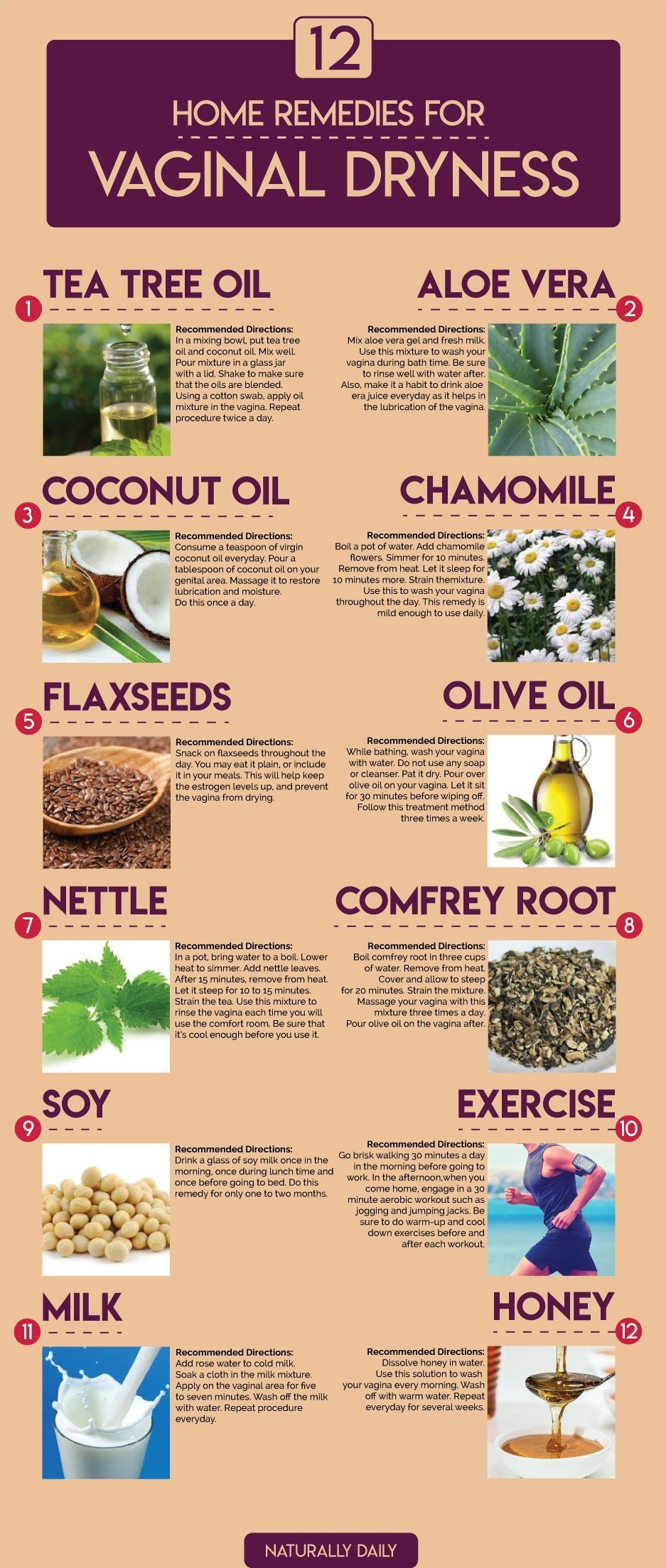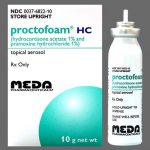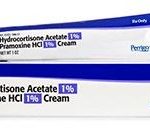
Contents
Vaginal Dryness and Vaginal Atrophy
Vaginal atrophy is the thinning of the vaginal wall that occurs during menopause in women. Before menopause, the vaginal lining is plump, bright red, and moist. As estrogen levels decline, the lining becomes thinner, drier, lighter in color, and less elastic. This normal change is noticed by many perimenopausal and postmenopausal women.
Estrogen levels decrease as menopause approaches. Estrogens, produced by the ovaries, control the development of female body characteristics and regulate the menstrual cycle and pregnancy.
Most women reach menopause between the ages of 45-55, but it can happen earlier or later. Every woman is different, and the timing and severity of symptoms in the menopausal transition can vary.
Symptoms associated with vaginal dryness and vaginal atrophy
Vaginal dryness, itching, irritation, and pain with sexual intercourse are common symptoms of vaginal atrophy. The changes in the vagina also increase the risk of vaginal infections.
Women may also experience other symptoms during the menopausal transition, such as hot flashes, night sweats, mood changes, fatigue, urinary tract infections, urinary incontinence, acne, memory problems, and unwanted hair growth.
Diagnosing vaginal dryness and vaginal atrophy
Typical vaginal symptoms, along with other menopausal transition symptoms, usually indicate vaginal dryness and vaginal atrophy. A physical examination, including a pelvic examination, is necessary to rule out other conditions causing vaginal symptoms. There are no specific tests available for measuring vaginal wall thickness or elasticity.
Treatment options for vaginal dryness and vaginal atrophy
Vaginal dryness and atrophy may not require treatment unless they cause symptoms or discomfort. Hormone therapy (HT) is an effective treatment for reducing vaginal dryness and controlling associated symptoms. However, HT carries certain risks, including an increased risk of certain diseases.
Vaginal estrogen treatments in the form of rings, creams, or tablets, as well as non-hormonal options like moisturizers and lubricants, can also be used to manage vaginal dryness. Applying Betadine topically and soaking in warm water can help relieve symptoms of burning and vaginal pain after intercourse.
Prognosis for vaginal dryness and vaginal atrophy
Vaginal dryness and vaginal atrophy are common among postmenopausal women and can cause significant discomfort. Hormone treatments are highly effective in reducing symptoms, but the decision to use hormone therapy should consider the individual’s medical history and the risks and benefits of treatment. Mild symptoms can be managed with vaginal moisturizers and lubricants.
Medically reviewed by Wayne Blocker, MD; Board Certified Obstetrics and Gynecology.
References: Rossouw, J.E.; Anderson, G.L.; Prentice, R.L., et al. "Risks and benefits of estrogen plus progestin in healthy postmenopausal women: principal results From the Women’s Health Initiative randomized controlled trial." JAMA. 2002 Jul 17;288(3):321-33. doi: 10.1001/jama.288.3.321.
Utian, W.H.; Archer, D.F.; Bachmann, G.A., et al. "Estrogen and progestogen use in postmenopausal women: July 2008 position statement of The North American Menopause Society." Menopause. 2008 Jul-Aug;15(4 Pt 1):584-602.


